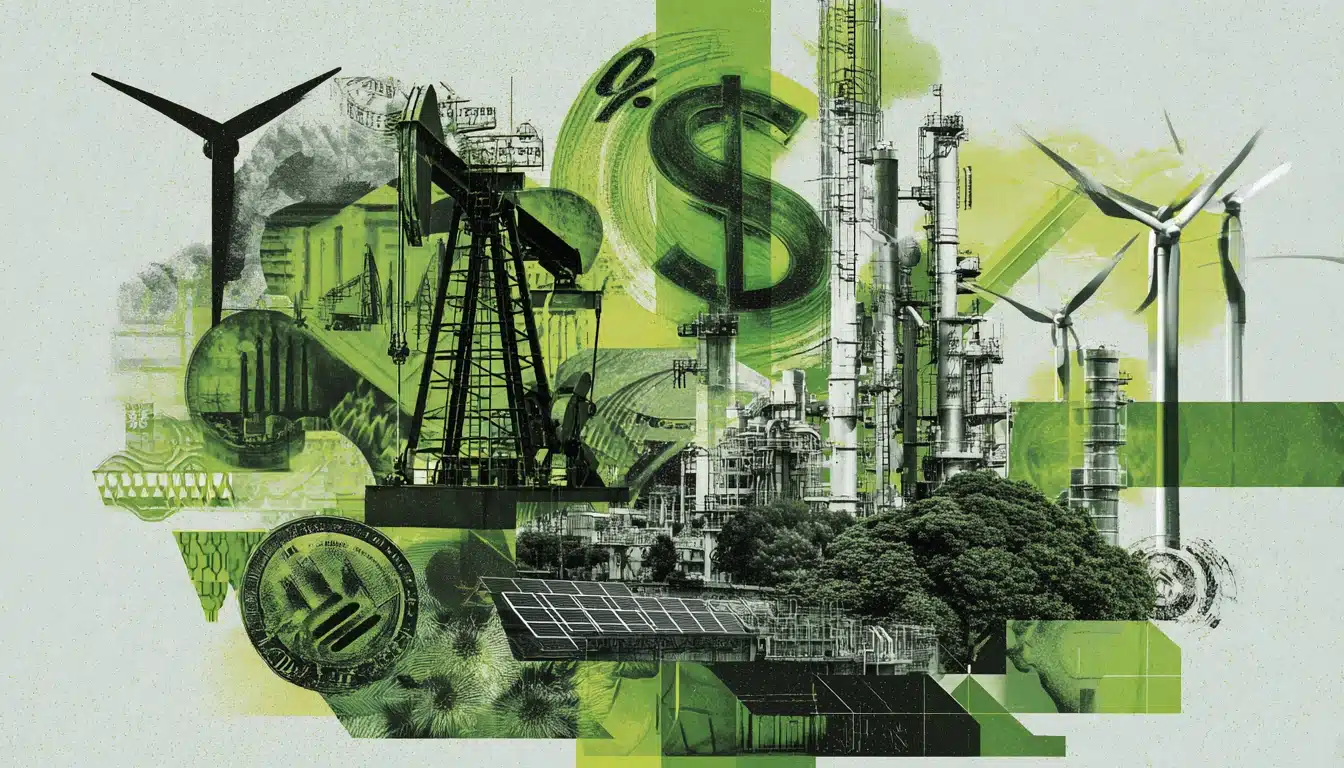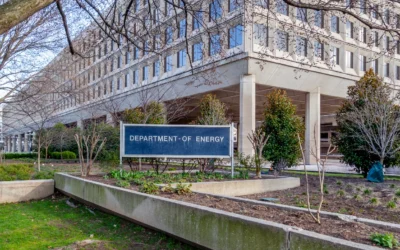In Q3 2025, climate tech investors display increased caution, focusing on large-scale deals in energy security, digital infrastructure, and strategic consolidations, despite regulatory uncertainties and sector setbacks.
The third quarter of 2025 revealed both resilience and caution in the climate-tech investment landscape, with fewer but larger capital rounds and a wave of strategic M&A activity. Though total deal volume dipped, investors concentrated capital in sectors anchored in energy security, hardware innovation, and digital infrastructure aligned with clean power and AI demands.
Among the standout financings, Nscale led with a $1.1 billion round to expand low-carbon data centres, signaling strong conviction in scalable sustainable infrastructure. Torus raised $200 million in smart home / energy storage technologies, while Firmus secured $330 million for AI-optimised immersion-cooled data centres. In fusion, Commonwealth Fusion Systems raised $863 million. Meanwhile, Group14 and Eelpower together pulled in over a billion dollars to accelerate battery and grid storage projects.
Mobility also drew attention: VEMO and Also (in North America) both raised hundreds of millions to push clean transport solutions. In carbon removal, Climeworks raised $162 million for advanced direct air capture. On the public markets side, Via listed with a $3.6 billion valuation, TruAlt Bioenergy raised $123 million in an India IPO tied to ethanol mandates, and Deep Fission opted for a SPAC route—reflecting the nuanced investor appetite today.
Exit activity in Q3 skewed toward consolidation over splashy IPOs. Baker Hughes’ $13.6 billion acquisition of Chart Industries bolstered its gas and liquid handling systems. CRH acquired Eco Material Technologies for $2.1 billion, strengthening its upstream cement inputs. Smaller tuck-ins surfaced in agtech and clean fuels, revealing a cautious but deliberate move by incumbents to lock in tech advantage and vertical expansion.
But the quarter wasn’t without setbacks. In capital-intensive domains, Natron Energy entered insolvency after years of battery R&D, and VoltStorage quietly wound down after scale-up challenges in energy storage. Meanwhile, direct air capture firm Noya collapsed—underscoring the harsh financing and policy environment for early-stage carbon removal.
Fundraising patterns shifted meaningfully. Nuveen Green Capital closed a $785 million vehicle focused on energy efficiency in commercial real estate. At the same time, smaller funds targeted circular economy, deep decarbonisation, and agtech succeeded. This contrasts sharply with the generalist mega-funds of 2021, signaling a new era of disciplined, regionally scoped capital with shorter deployment horizons.
Challenges loomed. The U.S. government shutdown disrupted climate and environmental programmes (e.g. flood insurance, regulatory actions) and curtailed federal staffing. In a striking move, the U.S. Department of Energy (DOE) cancelled $7.56 billion in clean energy project awards—many tied to hydrogen, batteries, and grid modernisation—drawing criticism as politically motivated. Meanwhile, a $625 million federal effort to support the coal sector—opening lands for mining and easing rules—sent a conflicting policy message.
In lithium, Lithium Americas raised $100 million—backed by the DOE’s Loan Programs Office, which took a 5 % equity stake in its Nevada project. That JV could support up to 800,000 EVs annually. And in Germany, Neptune Energy announced a large lithium resource in the Altmark region via direct lithium extraction methods.
While macro conditions and regulatory shifts have cooled climate-tech financing from earlier peaks, investors remain drawn to sectors with proven tech and clear commercial paths. That aligns with broader climate-tech investment analyses showing a 29 % drop in financing from late 2022 to early 2024—but rising interest in AI-integrated solutions, adaptation tech, and targeted energy innovations.
Q3 reinforced an increasingly selective market, where scale, regulatory clarity, and strategic fit drive capital flows and exits. The private markets today favour quality over quantity—a maturing climate-capital environment navigating urgency with prudence.




